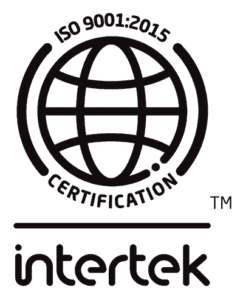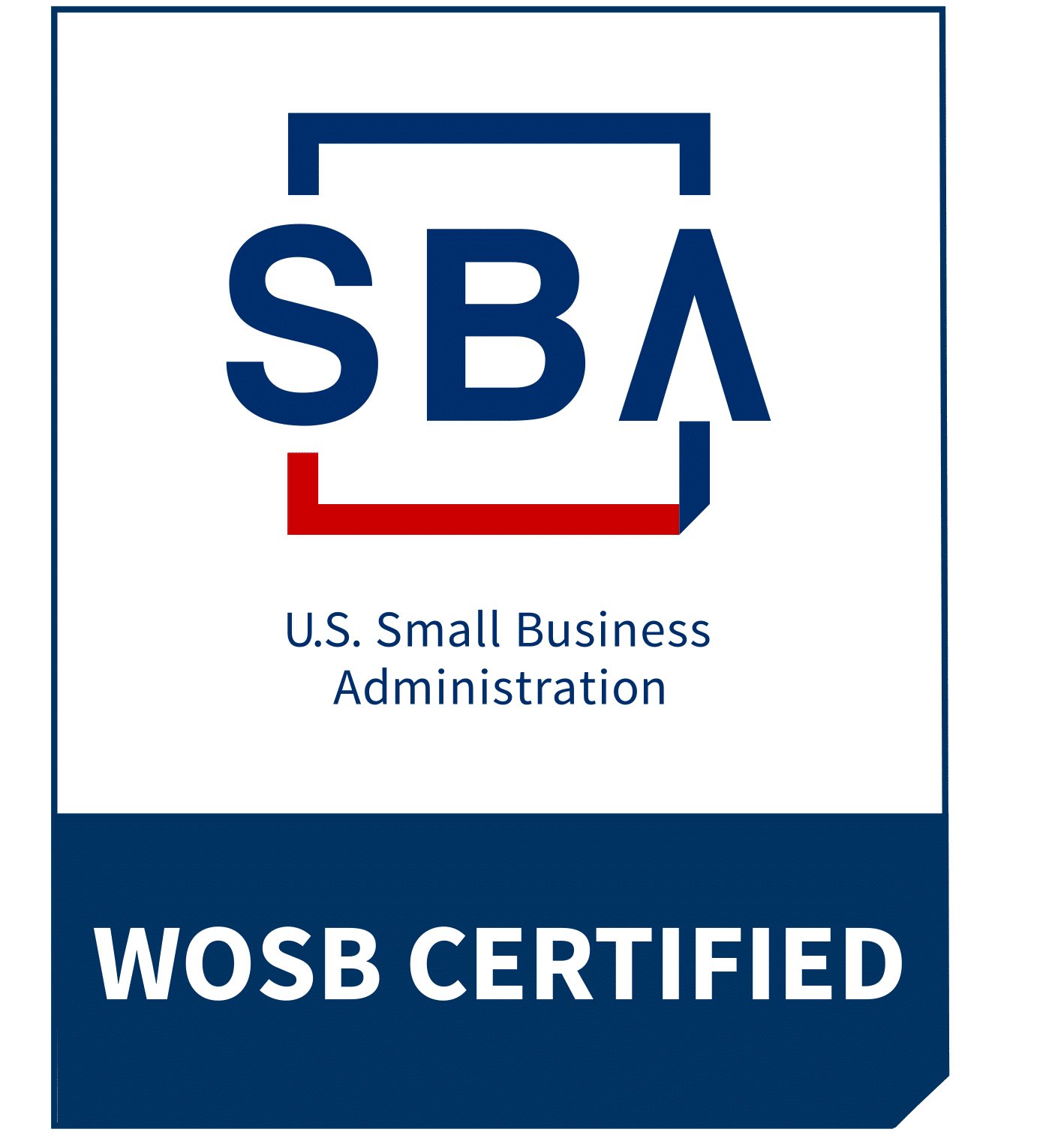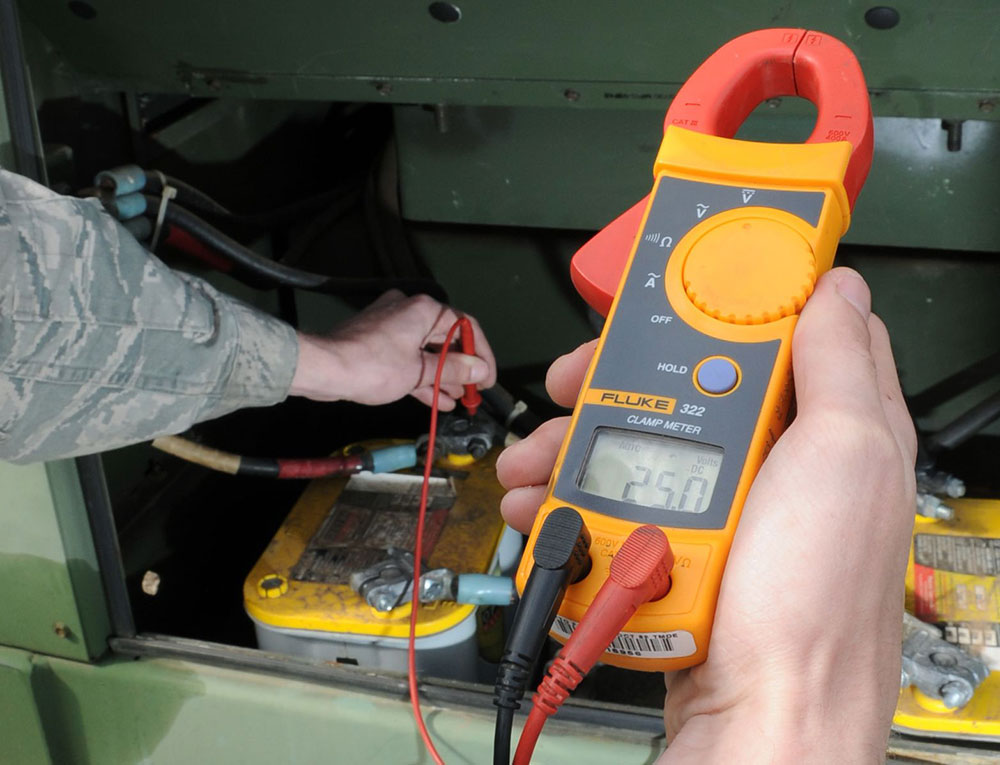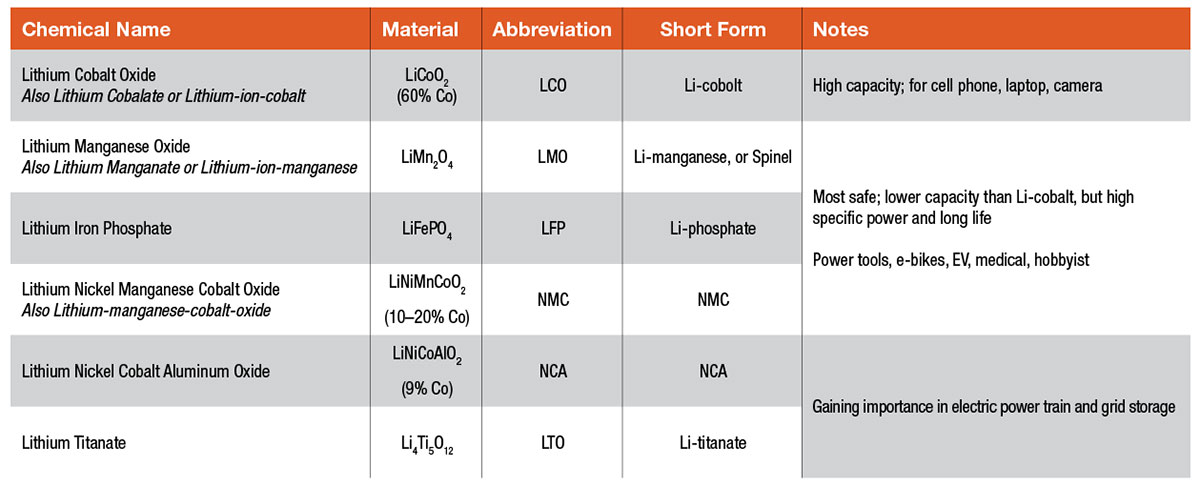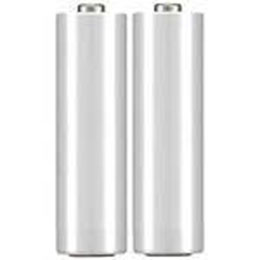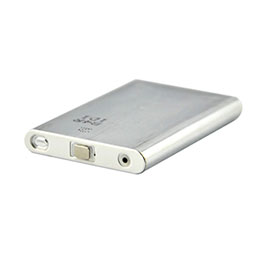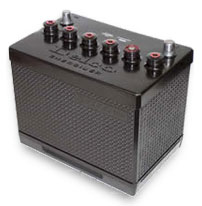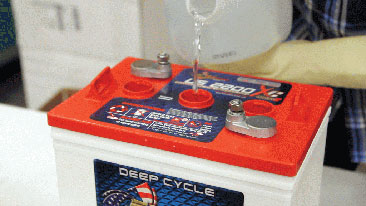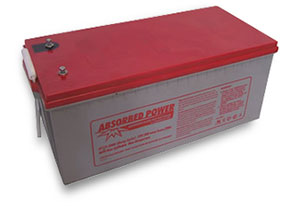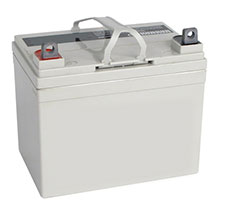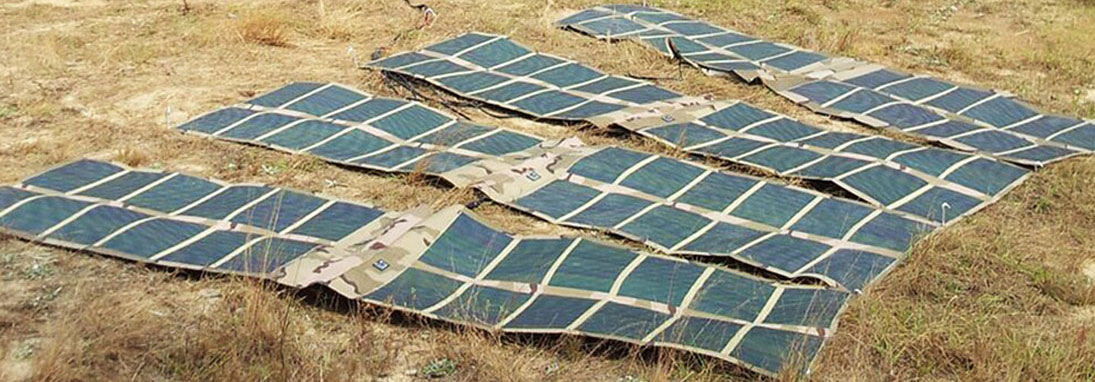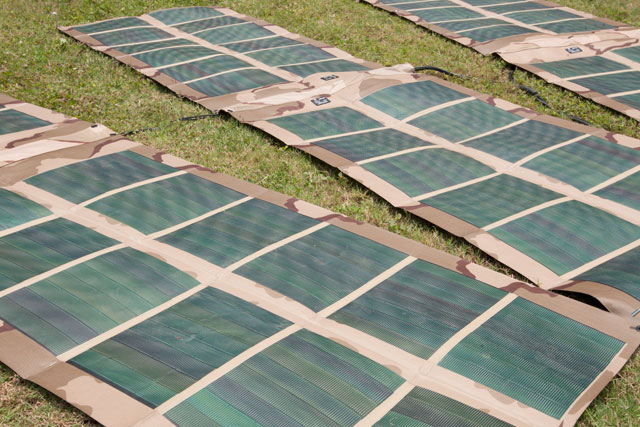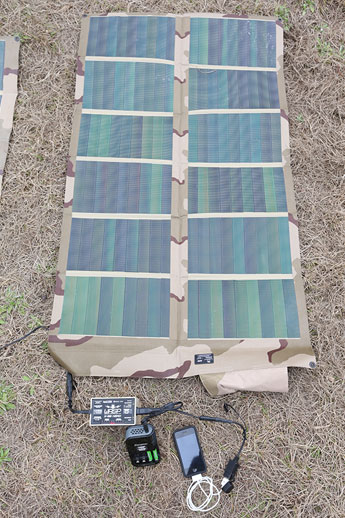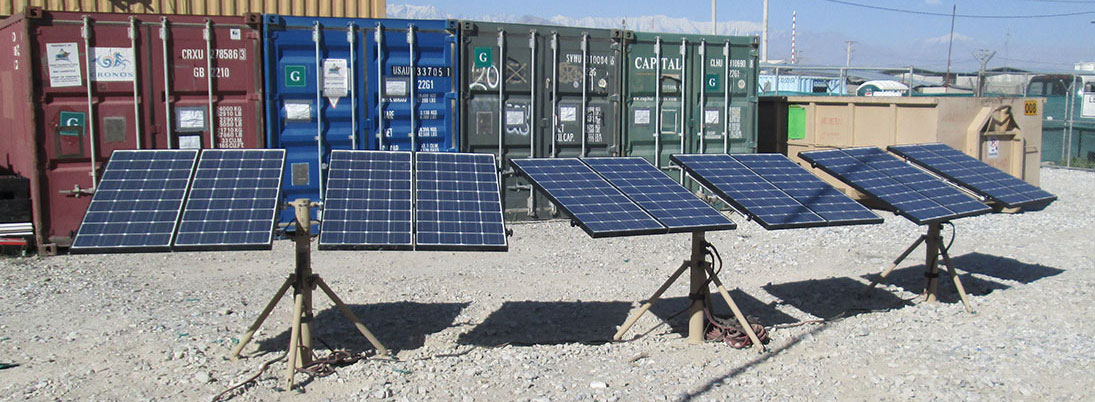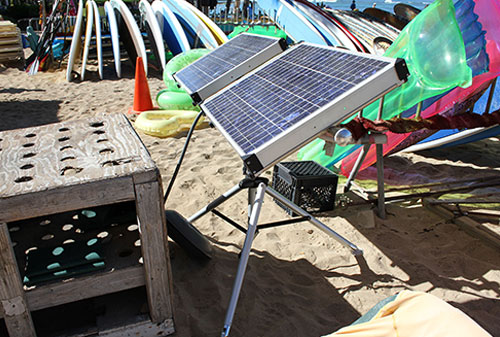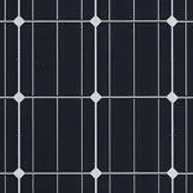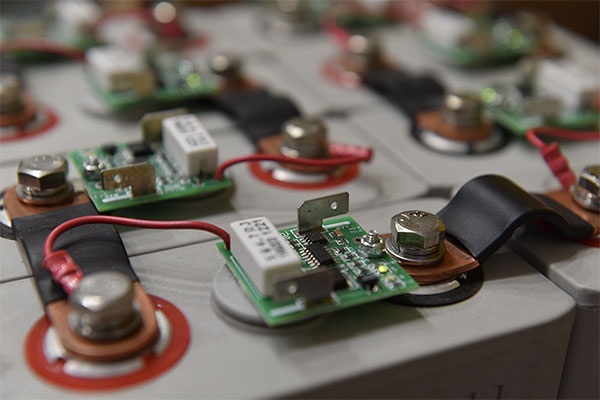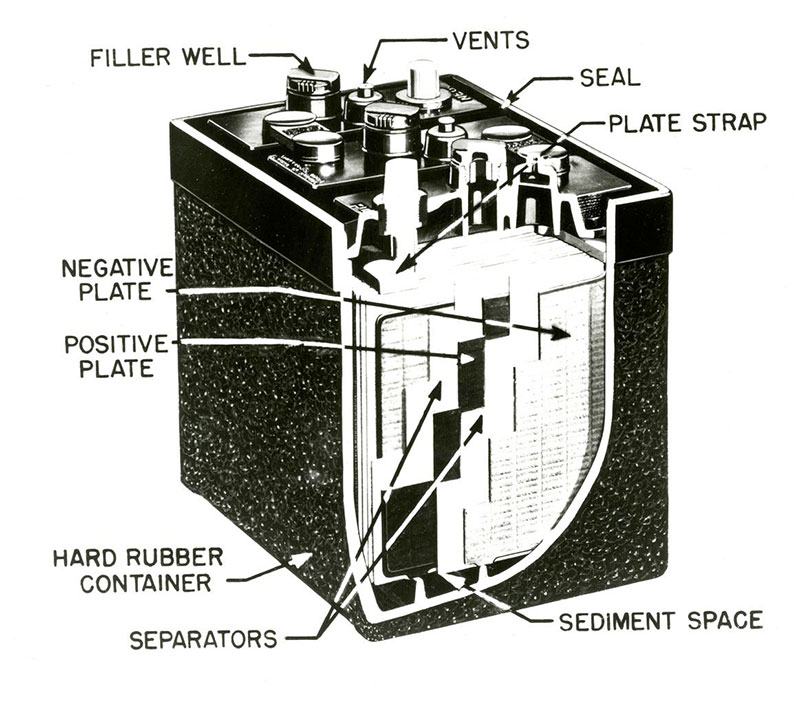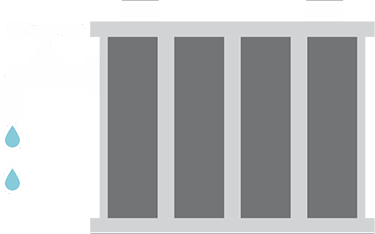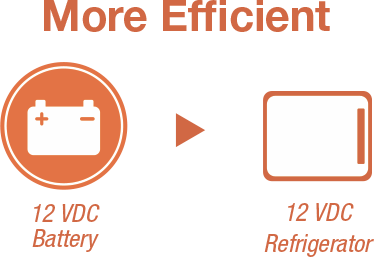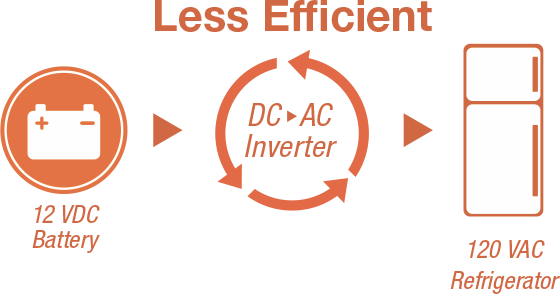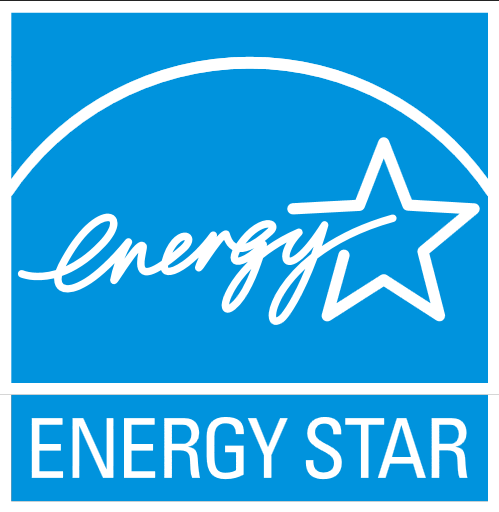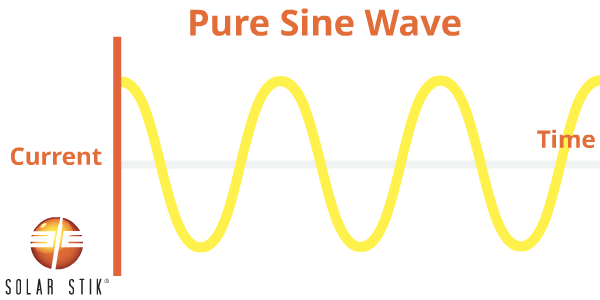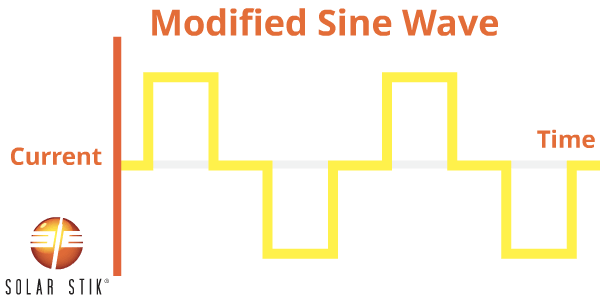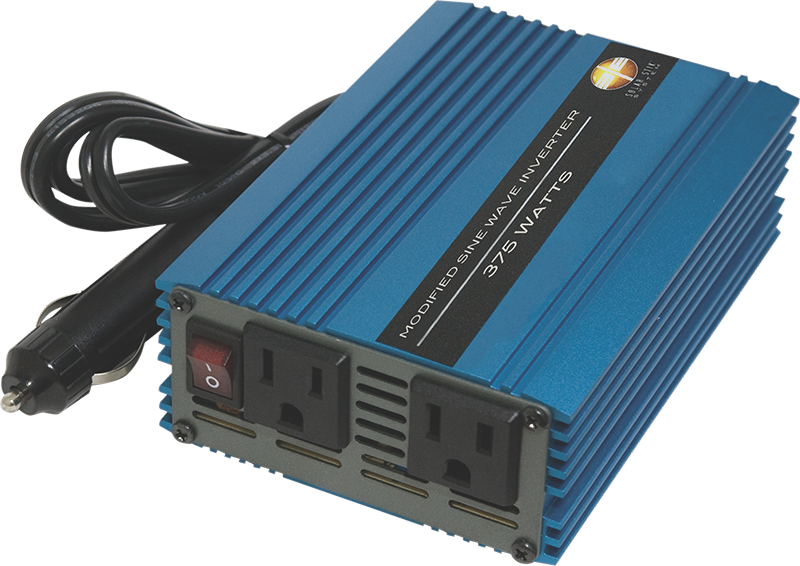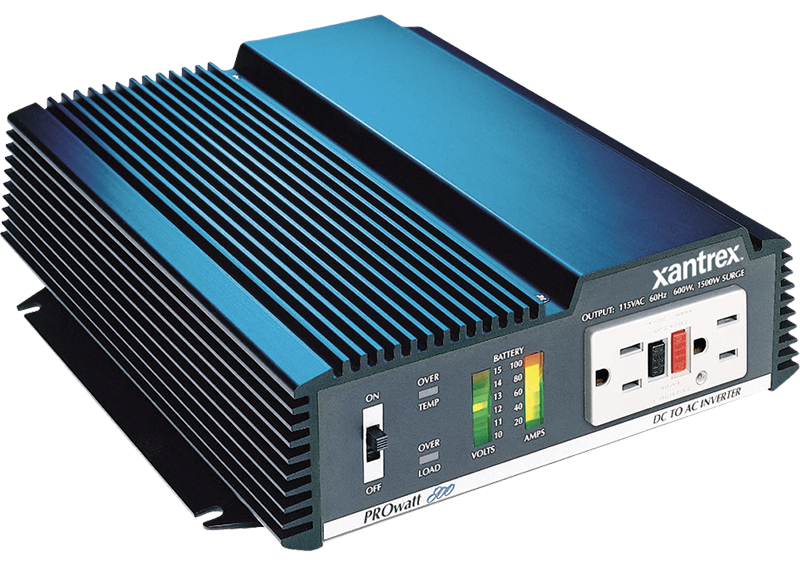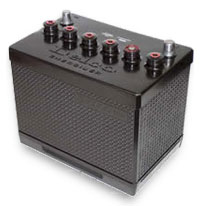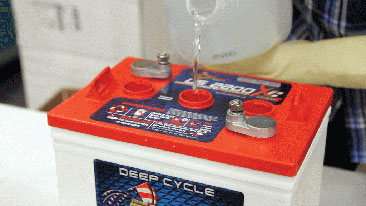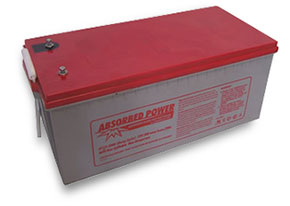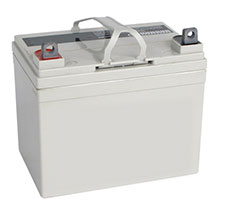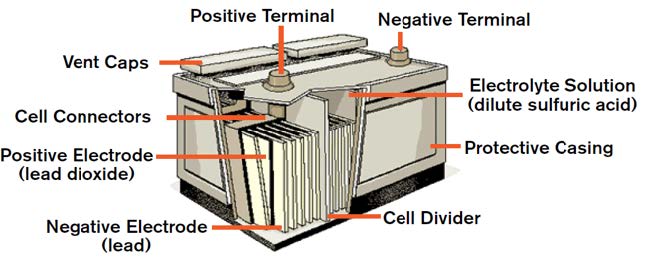- Terms of Agreement
The purchase order, together with these terms and conditions, and any attachments and exhibits, specifications, drawings, notes, instructions, and other information, whether physically attached or incorporated by reference (collectively the “Purchase Order”), constitutes the entire and exclusive agreement between Solar Stik, Inc. (Solar Stik) and the supplier (the “Supplier”) identified in the Purchase Order. Solar Stik’s submission of the Purchase Order is conditioned on Supplier’s agreement that any terms different from or in addition to the terms of the Purchase Order, whether communicated orally or contained in any purchase order confirmation, invoice, acknowledgement, release, acceptance, or other written correspondence, irrespective of the timing, shall not form a part of the Purchase Order, even if Supplier purports to condition its acceptance of the Purchase Order on Solar Stik’s agreement to such different or additional terms. Supplier’s electronic acceptance, acknowledgement of this Purchase Order, or commencement of performance constitutes Supplier’s acceptance of these terms and conditions.
- Definitions
“Deliverables” means the deliverables specified in the Purchase Order (and any Statement of Work) to be delivered on or before the Due Date.
“Due Date” means the date or dates specified in the Purchase Order by which the Supplier is required to deliver the goods.
“Products” means tangible goods specified in the Purchase Order to be delivered on or before the Due Date.
“Services” means the services that Supplier is to perform for Solar Stik specified in the Purchase Order.
“Statement of Work” or “SOW” means the document specifying, without limitation, the scope, objective, and time frame of the Work that Supplier will perform for Solar Stik.
“Work” means the Deliverables, Products, and Services specified in the Purchase Order, including any SOW.
- Delivery and Shipment
Time is of the essence in Supplier’s performance of its obligations to the Purchase Order. Supplier will immediately notify Solar Stik if Supplier’s timely performance under the Purchase Order is delayed or is likely to be delayed. Solar Stik’s acceptance of Supplier’s notice will not constitute Solar Stik’s waiver of any of Supplier’s obligations.
If delivery of Products or Deliverables is not completed by the time promised, Solar Stik reserves the right, without liability in addition to its other rights and remedies, to terminate this contract by notice effective when received by Supplier as to Products or Deliverables not yet shipped and to purchase substitute Products or Deliverables elsewhere and charge Supplier with any loss incurred.
If in order to comply with Solar Stik’s required Due Date it becomes necessary for Supplier to ship by a more expensive way than specified in the Purchase Order, any increased transportation costs resulting therefrom shall be paid for by Supplier unless the necessity for such rerouting or expedited handling has been caused by Solar Stik.
Supplier will preserve, pack, package, and handle the Products and Deliverables so as to protect the Products and Deliverables from loss or damage and in accordance with best commercial practices in the absence of any specifications Solar Stik may provide. Without limiting the foregoing, Supplier shall observe the requirements of any local laws and regulations relating to hazardous work, including, without limitation, with respect to its accompanying information, packing, labeling, reporting, carriage, and disposal.
Supplier will include with each delivery of Products a packing list identifying the Purchase Order number, the Solar Stik part number for each of the Products (if applicable), a description and the quantity of each of the Products, the date of shipment, and Supplier’s certification of conformance of the Work to the requirements if required by the Purchase Order.
Unless Solar Stik expressly instructs otherwise, Supplier will deliver all Products and Deliverables to Solar Stik’s facility at the address set forth in the Purchase Order.
- Export Controls
For all Products or Deliverables purchased from the Supplier under this Agreement that are subject to U.S. federal export control laws and regulations, the Supplier will provide the proper Export Control Classification Numbers (ECCN) at time of order. Supplier’s information will include the proper ECCN if the item is controlled under the U.S. Commerce Control List of the Export Administration Regulations (“EAR”) or the proper United States Munitions List Category if the item is controlled under the U.S. International Traffic in Arms Regulations (“ITAR”). The Supplier agrees that Solar Stik shall have the right to terminate this Agreement, without penalty, and return any received product based on such notification.
- Inspection and Acceptance
Payment for the Products or Deliverables delivered hereunder shall not constitute acceptance thereof. Solar Stik shall have the right to inspect such Products or Deliverables and to reject any or all of said Products or Deliverables that are in Solar Stik’s judgment defective or nonconforming. Products or Deliverables rejected and Products or Deliverables supplied in excess of quantities called for herein may be returned to Supplier at its expense and, in addition to Solar Stik’s other rights, Solar Stik may charge Supplier all expenses of unpacking, examining, repacking, and reshipping such Products or Deliverables. In the event Solar Stik receives Products or Deliverables whose defects or nonconformity is not apparent on examination, Solar Stik reserves the right to require replacement, as well as payment of damages. Nothing contained in this purchase order shall relieve in any way the Supplier from the obligation of testing, inspection, and quality control.
- Payment
Solar Stik will pay Supplier the price in accordance with the payment terms set forth in the Purchase Order following the later of (i) the Due Date or (ii) Solar Stik’s receipt of a properly prepared invoice. A properly prepared invoice must include the Purchase Order number.
- Changes
Solar Stik shall have the right at any time to make changes in drawings, designs, specifications, materials, packaging, time and place of delivery, and method of transportation. If any such changes cause an increase or decrease in the cost, or the time required for the performance, an equitable adjustment shall be made and this agreement shall be modified in writing accordingly. Supplier agrees to accept any such changes subject to this paragraph.
- Force Majeure
Solar Stik may delay delivery or acceptance occasioned by causes beyond its control. Supplier shall hold such Products or Deliverables at the direction of Solar Stik and shall deliver them when the cause affecting the delay has been removed. Solar Stik shall be responsible only for Supplier’s direct additional costs in holding the Products or Deliverables or delaying performance of this agreement at Solar Stik’s request. Causes beyond Solar Stik’s control shall include governmental action or failure of the government to act where such action is required, fire, explosion, water, act of God, civil disorder or disturbances, strikes, vandalism, war, riot, sabotage, weather- and energy-related closings (“Force Majeure Event”).
- Term and Termination
The Purchase Order will remain in effect with respect to any SOW already issued prior to expiration of the term of the Purchase Order until such SOW is either terminated or the Work is completed and accepted.
Solar Stik may terminate the Purchase Order or any part hereof for cause in the event of any default by the Supplier, or if the Supplier fails to comply with any of the terms and conditions of this offer. Late deliveries, deliveries of products or deliverables that are defective or do not conform to the Purchase Order, and failure to provide Solar Stik, upon request, reasonable assurances of future performance shall all be causes allowing Solar Stik to terminate the Purchase Order for cause. In the event of termination for cause, Solar Stik shall not be liable to Supplier for any amount, and Supplier shall be liable to Solar Stik for any and all damages sustained by reason of the default that gave rise to the termination.
Either party may terminate the Purchase Order, any SOW or both, immediately by delivering written notice to the other party upon the occurrence of any of the following events: (i) a receiver is appointed for either party or its property; (ii) either makes a general assignment for the benefit of its creditors; (iii) either party commences, or has commenced against it, proceedings under any bankruptcy, insolvency, or debtor’s relief law, if such proceedings are not dismissed within 60 days; or (iv) either party is liquidating, dissolving, or ceasing to do business in the ordinary course.
Either party may terminate this Purchase Order, any SOW or both, immediately by delivering written notice to the other party for any material breach not cured within 30 days of receipt of notice of the breach. Solar Stik shall have no further payment obligation to Supplier under any terminated SOW if Solar Stik terminates the SOW under this Section 6.
- Warranty
Supplier expressly warrants that all Products or Deliverables furnished under this agreement shall conform to all specifications and appropriate standards, will be new, and will be free from defects in material or workmanship. Supplier warrants that all such Products or Deliverables will conform to any statements made on the containers or labels or advertisements for such Products or Deliverables, and that any Products or Deliverables will be adequately contained, packaged, marked, and labeled. Supplier warrants that all Products or Deliverables furnished hereunder will be merchantable, and will be safe and appropriate for the purpose for which Products or Deliverables of that kind are normally used. If Supplier knows or has reason to know the particular purpose for which Solar Stik intends to use the Products or Deliverables, Supplier warrants that such Products or Deliverables will be fit for such particular purpose. Supplier warrants that Products or Deliverables furnished will conform in all respects to samples. Inspection, test, acceptance, or use of the Products or Deliverables furnished hereunder shall not affect the Supplier’s obligation under this warranty, and such warranties shall survive inspection, test, acceptance, and use. Supplier’s warranty shall run to Solar Stik, its successors, assigns and customers, and users of Products sold by Solar Stik. Supplier agrees to replace or correct defects of any goods or services not conforming to the foregoing warranty promptly, without expense to Solar Stik, when notified of such nonconformity by Solar Stik, provided Solar Stik elects to provide Supplier with the opportunity to do so. In the event of failure of Supplier to correct defects in or replace nonconforming Products or Deliverables promptly, Solar Stik, after reasonable notice to Supplier, may make such corrections or replace such goods and services and charge Supplier for the cost incurred by Solar Stik in doing so.
- Indemnification
Supplier shall defend, indemnify, and hold harmless Solar Stik against all damages, claims, or liabilities and expenses (including attorney’s fees) arising out of or resulting in any way from any defect in the Products or Deliverables purchased hereunder, any breach of the terms and conditions of the Purchase Order, or from any act or omission of Supplier, its agents, employees, or subcontractors. This indemnification shall be in addition to the warranty obligations of Supplier.
- Compliance with Laws
Supplier agrees that all Products and Deliverables shipped to Solar Stik under this agreement will be produced in full compliance with all applicable laws including, but not limited to, the Fair Labor Standards Act. Supplier further agrees that it shall not engage in the employment of child, forced, indentured, involuntary, prison, or uncompensated labor. Solar Stik may, upon notice, inspect Supplier’s plant and facilities at reasonable times to determine compliance with the provisions set forth herein. In addition to any other remedies contained herein, Solar Stik shall have the right to immediately terminate this agreement and any other agreements with Supplier if it determines that Supplier is in violation of this section.
- Governing Law
This Purchase Order and any contract formed hereunder, shall be governed by, and construed under the internal laws of the State of Florida, without regard to principles of conflict of law, as the same may be from time to time in effect, including, without limitations the Uniform Commercial Code as in effect in the State of Florida.
- Supplier Compliance
The Supplier agrees to comply with the following: A) Executive Order 11246 as amended and all regulations promulgated pursuant to that Executive Order including but not limited to the provisions of paragraphs (1) through (7) of the “Equal Opportunity Clause” and the “Certification of Nonsegregated Facilities”, each of which is incorporated herein by reference, B) Section 503 of the Rehabilitation Act of 1973 including the applicable parts of the affirmative action clause entitled “Affirmative Action for Handicapped Workers” (41 CFR 60-741.4) incorporated herein by reference, C) the Vietnam Era Veterans Readjustment Assistance Act (30 USC §2012) including the applicable parts of the affirmative action clause entitled “Affirmative Action for Disabled Veterans and Veterans of the Vietnam Era” (41 CFR 60-250.4) incorporated herein by reference, D) Executive Order 13496 “Notification of Employee Rights Under Federal Labor Laws” (29 CFR Part 471, Appendix A to Subpart A) also incorporated herein by reference, E) Supplier agrees to comply with all applicable commercial and public anti-bribery laws, including, without limitation, the US Foreign Corrupt Practices Act and the UK Bribery Act, F) Supplier hereby represents and warrants that neither Supplier, nor any persons or entities holding any legal or beneficial interest whatsoever in Supplier, are (i) the target of any sanctions program that is established by Executive Order of the President or published by the Office of Foreign Assets Control, U.S. Department of the Treasury (“OFAC”); (ii) designated by the President or OFAC pursuant to the Trading with the Enemy Act, 50 U.S.C. App. § 5, the International Emergency Economic Powers Act, 50 U.S.C. §§ 1701-06, the Patriot Act, Public Law 107-56, Executive Order 13224 (September 23, 2001) or any Executive Order of the President issued pursuant to such statutes; or (iii) named on the following list that is published by OFAC: “List of Specially Designated Nationals and Blocked Persons.” If the foregoing representation is untrue at any time, an event of default will be deemed to have occurred without the necessity of notice to Supplier and G) the Supplier shall abide by the requirements of 41 CFR 60-1.4(a), 60-300.5(a) and 60-741.5(a). These regulations prohibit discrimination against qualified individuals based on their status as protected veterans or individuals with disabilities, and prohibit discrimination against all individuals based on their race, color, religion, sex, sexual orientation, gender identity, or national origin. Moreover, these regulations require that covered prime contractors and subcontractors take affirmative action to employ and advance in employment individuals without regard to race, color, religion, sex, sexual orientation, gender identity, national origin, protected veteran status or disability.
Effective date: 06-07-2019


